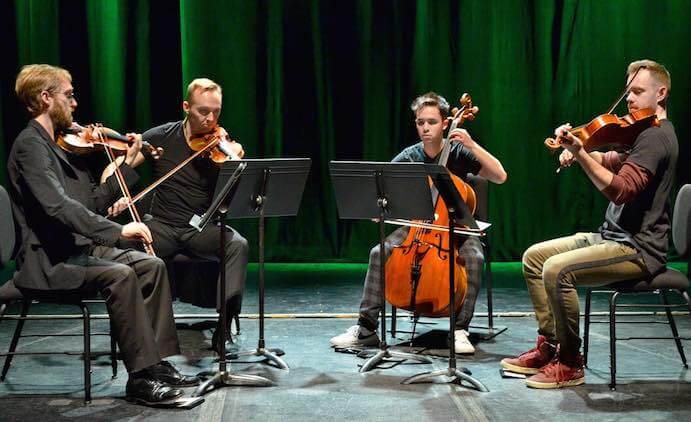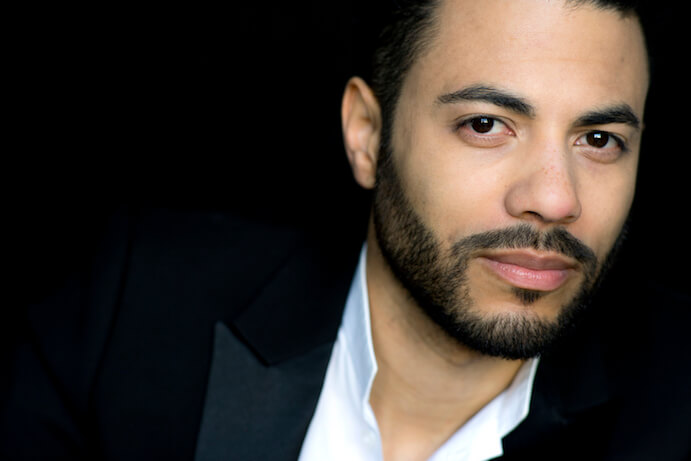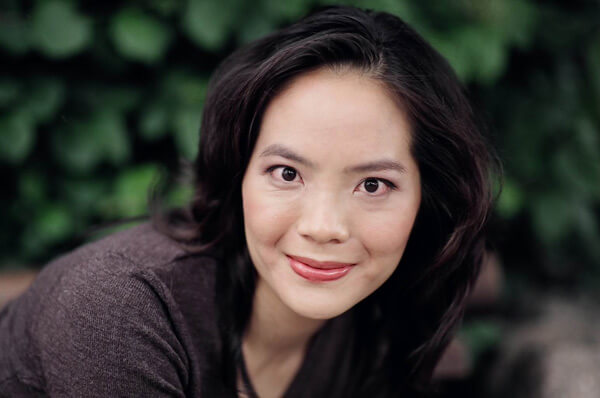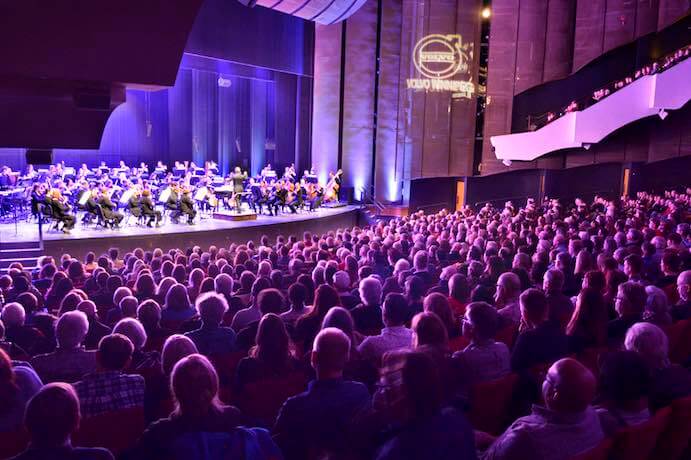In an inconspicuous Canadian city due north of Minnesota, at times a meeting point between Fahrenheit and Celsius, the people of Winnipeg bundle up and refuse to let the elements deter them from participating in one of the largest new music festivals in the world. The Winnipeg New Music Festival (WNMF), hosted by Alexander Mickelthwate and the Winnipeg Symphony Orchestra, showed its dexterity by taking on an unprecedented 7 Canadian premieres and 14 world premieres in 7 different programs. With astonishing exuberance, the WSO’s performances, along with guest artists JACK Quartet, laid the understructure for a week of resounding successes. During the festival, spanning from January 27 to February 2, 2018, famed composers such as Philip Glass were programmed along with young and up-in-coming composers such WSO Composer-In-Residence Harry Stafylakis, and more.
The opening weekend included Glass’s Symphony No. 11 and an evening-length performance of the complete Piano Etudes, shattering the Winnipeg New Music Festival opening weekend records with the community showing up in overwhelming numbers upwards of 4,000. Later in the week, Glass’ String Quartet No. 8–a co-commission between the WSO and Carnegie Hall–was premiered on February 1st with a well-crafted performance by the JACK Quartet. Elements that make other Glass works successful seemed to be absent, and technical skills were lacking at times. While Glass seemed to have been reaching for unexplored harmonies, the awkward counterpoint between the violins and fragmented blocks of rhythmic gestures left an uninspired impression. Glass’ string quartet left some perplexed, but the JACK quartet followed it up with one of the iconic performances of the festival.

JACK Quartet at WNMF–Photo by Chronic Creative
As the lights dimmed to darkness, the audience shuffled in slight discomfort while waiting for the Canadian premiere of Georg Friedrich Haas’ String Quartet No. 9. Haas brilliantly orchestrates whirling colors through subtle manipulation of pitch, projecting a raw yet tangible aura that swallows the atmosphere. The JACK Quartet’s inspired performance took control of the darkness, which seemed to take on new textures as sounds shifted, by stringing together the microcosms of sound manipulations into a delicate and awe-inspiring quilt encompassing the experience. While Haas’ work drew the full interest of even the general concert viewer, the JACK Quartet did not stop delivering there. In a remarkable juxtaposition from the Haas, the JACK Quartet teamed up with the WSO for Pascal Dusapin’s String Quartet No. 6, Hinterland, Hapaxon for the final concert on February 2nd. In an enduring procession of aggressive and jagged rhythmic counterpoint, JACK unapologetically wove together intricately tied fragments passed amongst the ensemble without a misstep, a masterful display of ingenuity. The WSO supported JACK’s flawless performance with equally impressive craftsmanship and poise.
Following the Dusapin, the WSO took the stage alone to perform Symphony No. 1, Concordia, by composer Samy Moussa. With a vibrant sound world, Moussa whirls together passionate harmonic progressions with thoughtful melodic development. Thick, powerful orchestration showcases Moussa’s keen sense of temporal awareness, and sparse injections of subtle colors allow the weight to not become overbearing. The opening of the second movement begins with breathtaking contrast, as the horns and tubular bell slowly separate in pitch, revealing beating patterns and eventually become integral to the harmonic structure. Moussa displays an audacious sense of time, often extending chords and harmonies past expectation–the subversion of which proved worthwhile when the desired contrast was met with a greater sense of relief.

Samy Moussa
On January 31st, Ellen Taaffe Zwilich’s Symphony No. 3 was an expose of suspense, presenting heavily orchestrated layers and interrupted structural materials. Zwilich relentlessly holds tension, leaving the feeling of holding one’s breath, unsure when the next will come. Pitches slowly move upwards to more and more dissonant harmonies, likened to drowning and swimming towards a light, continuing the tension until the release of the last chord. In contrast, 7 Friends by Hilmar Örn Hilmarsson, a WSO commission for orchestra and choir, approached the audience experience with a differing aura. 7 Friends utilizes slow manipulations to the smallest elements of melodic or harmonic structure; many wash into the lethe, as the work is incidental on the whole. Small moments of brilliant writing permeate ambient clouds, existing without completion of thought. In an essential moment, soprano soloist Jane Fingler rang through the background harmonies, providing an aura of hope with an ethereal and warming straight-tone melody, carrying the work to an abrupt conclusion.
Earlier in the week, fellow Icelandic composer Jóhann Jóhannsson, as well as others, had premieres at Westminster United Church on January 29th. The subtle and concise melodic and harmonic development in the world premiere of Jóhannsson’s Orphic Hymn–possibly his last world premiere before his tragic death on February 9th–was met with introspective ears. The Polycoro Chamber Choir instilled a pregnant tension, driving the work and magnifying modest changes, giving them life. In a similar simplicity, Jocelyn Morlock gently created a tapestry of haunting harmonies in her choral work Absolon fili mi. Moments of beautiful counterpoint slowly give way to an eerie cloud of whispered words, providing unexpected substructure. The Camerata Nova Choir gave an impassioned rendition, keeping the audience enthralled beginning to end. Vivian Fung’s Kecak Attack! caught the audience off-guard, stringing together flailing pitch slides, whooping, and numerous characters of syllables, à la Meredith Monk. A lively and exacting performance by Polycoro kept the audience enthralled with the contrasting dynamic. With such contemplative music spanning the rest of the concert, the change of pace was delightful.

Vivian Fung
The WSO’s inspired performances gave life to numerous new works. The bigger names brought the community in for familiar sounds, but their successes and missteps were not the only surprises on stage. Numerous young and upcoming composers brought fresh ideas to the forefront, while others decided to take on social and political themes with their craft. Through numerous panels, post-concert talks, and performances, the festival contained too much to cover in one review. This is the first installment of three on the Winnipeg New Music Festival.























